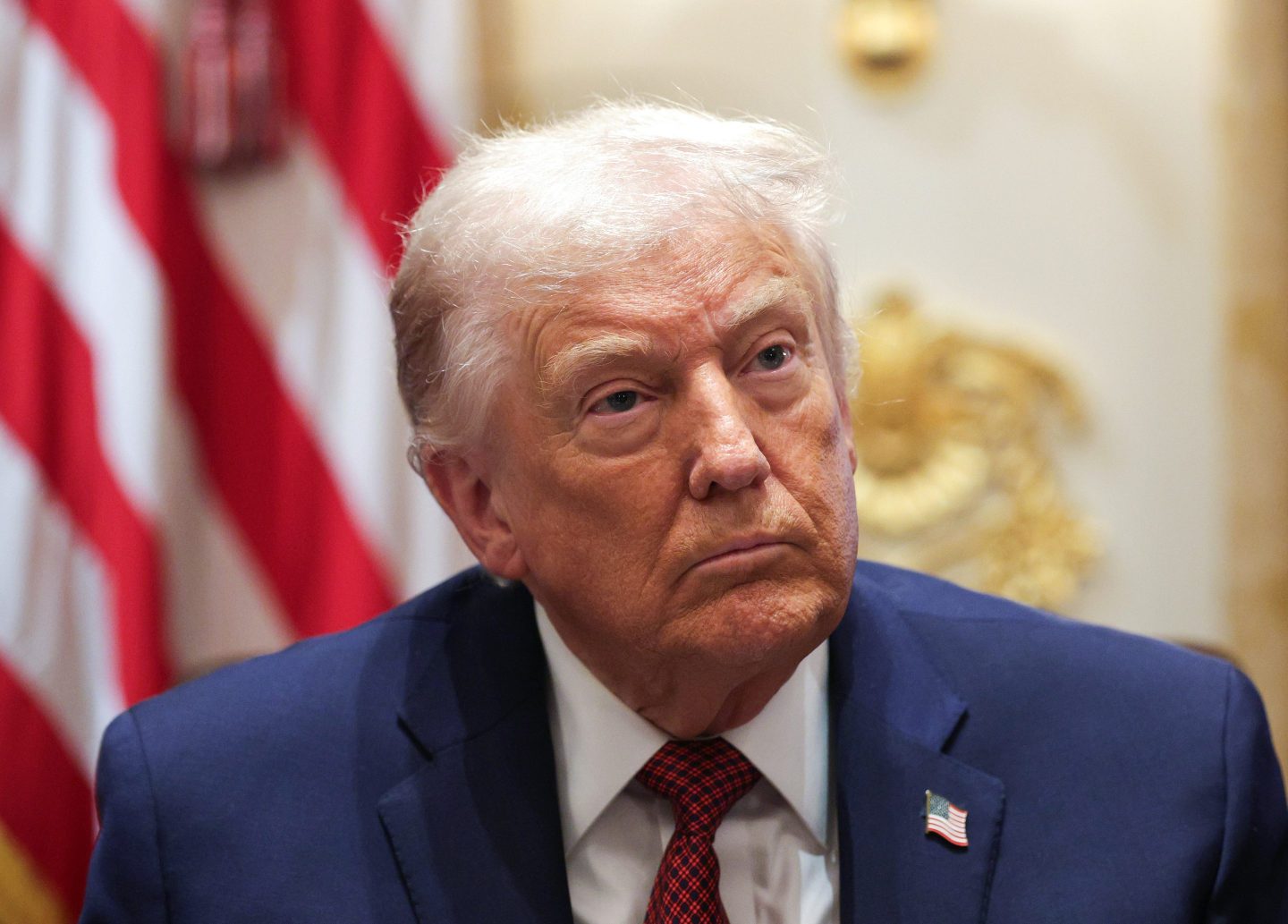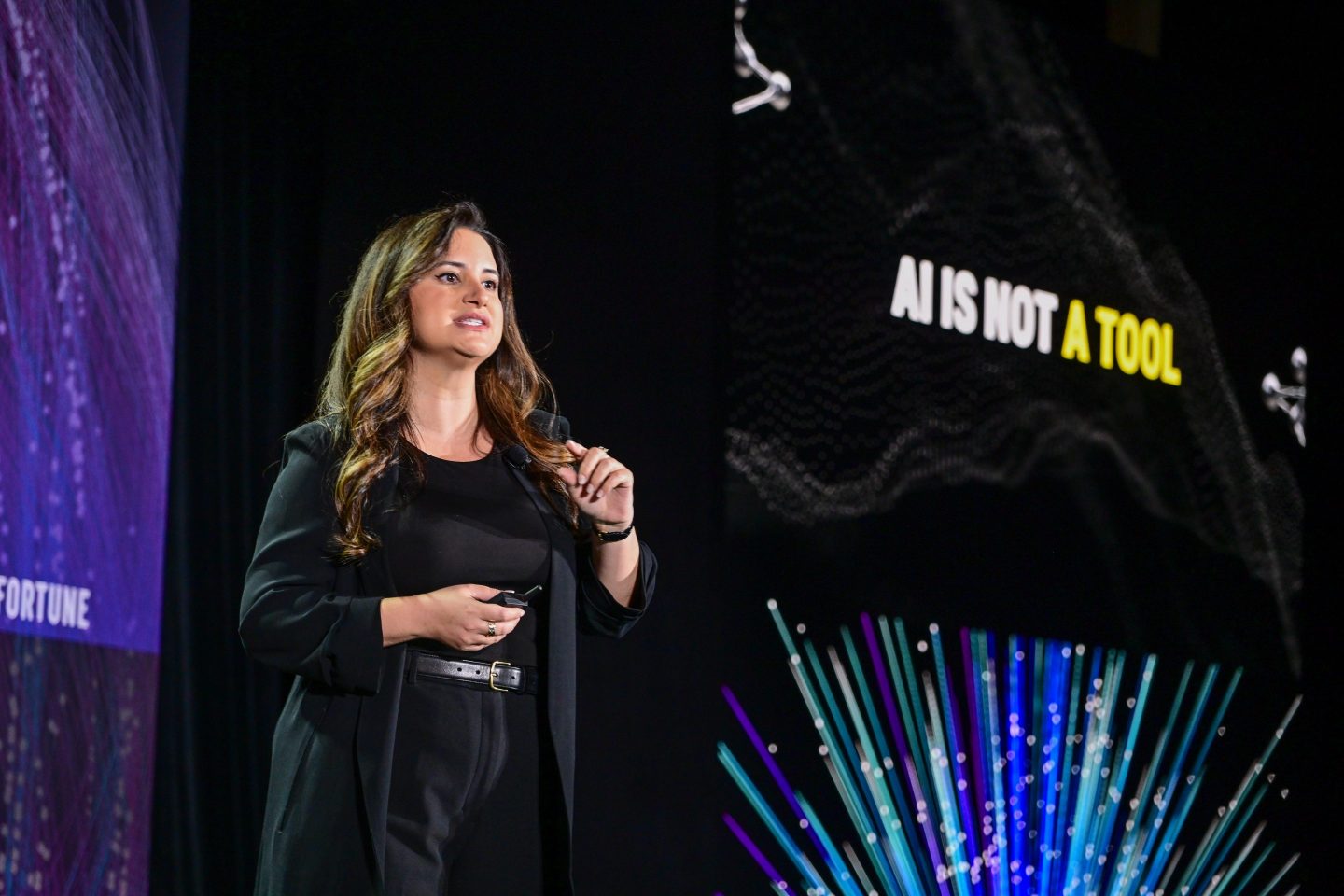The coronavirus pandemic has already transformed the telemedicine industry. The question is: What happens to telehealth once COVID is under control?
COVID-19 disrupted research and clinical trials for rare disease patients. It’s kept those with chronic conditions out of the hospital for fear of infection, especially people at high risk. But that’s not a sustainable dynamic. And this crisis presents the opportunity to extend digital health technologies to many more Americans over the long term, according to a panel who spoke during Fortune’s virtual Brainstorm Health conference on Tuesday.
Former Food and Drug Administration (FDA) commissioner and current foreign secretary for the National Academy of Medicine Margaret Hamburg fielded a discussion with Baxter International CEO Joe Almeida and GE Healthcare CEO Kieran Murphy.
People with chronic conditions such as heart disease or rare disorders “cannot be ignored or put on the back burner,” said Hamburg.
The panelists agreed and emphasized the role that digital health can play in addressing these disparities.
“We need to create a safety net where people can feel protected,” said Almeida.
Both Baxter and GE Healthcare have been deploying tech to figure out the on-the-ground logistics which are critical in the current moment and beyond.
“We have to make sure that we can segment capacity into COVID-treating and separate diagnostic centers, for example,” said GE’s Murphy. “We’ve deployed real time data to show where such capacity exists and divert patients to there… There needs to be a market where we can deploy telemedicine.”
One practical example? Murphy said that, in Oregon, and with the use of GE’s “Command Center” technology, the firm was “able to identify 90% of capacity of all ICU beds, and so that meant we were able to divert patients to the right place.”
The next step after the coronavirus pandemic has passed will require extending that sort of thinking to a broader population with various diseases. And that, according to Murphy and Almeida, will require a whole lot more data-sharing.











